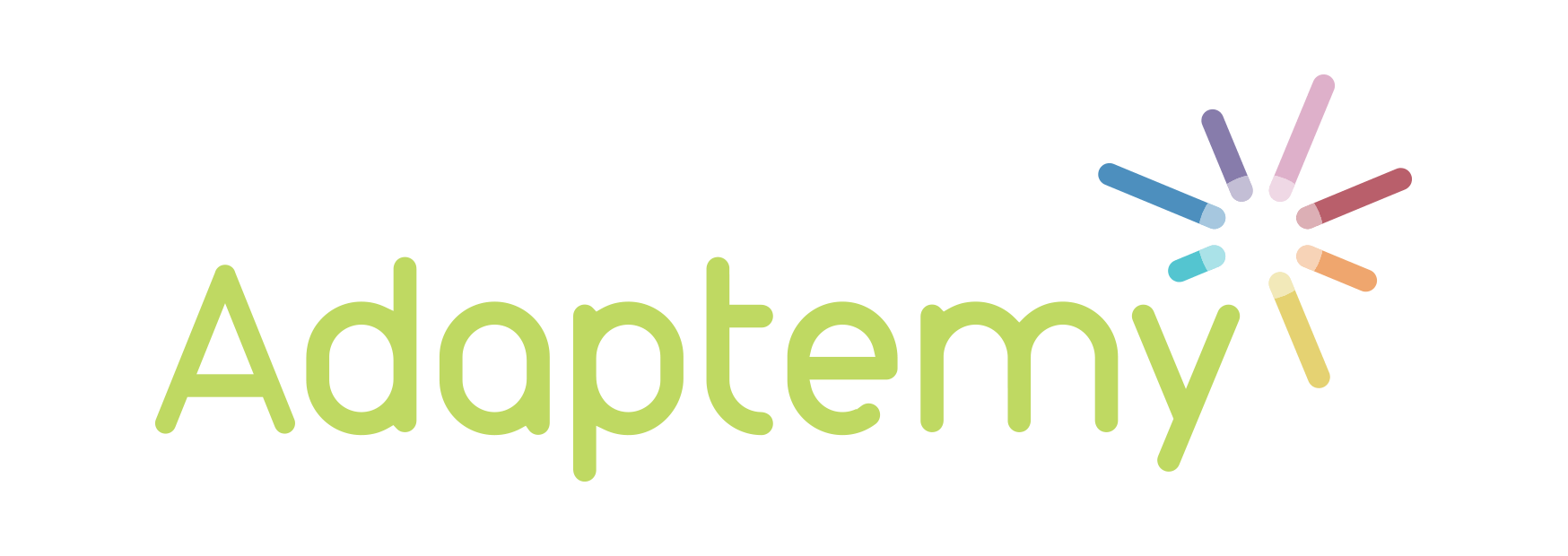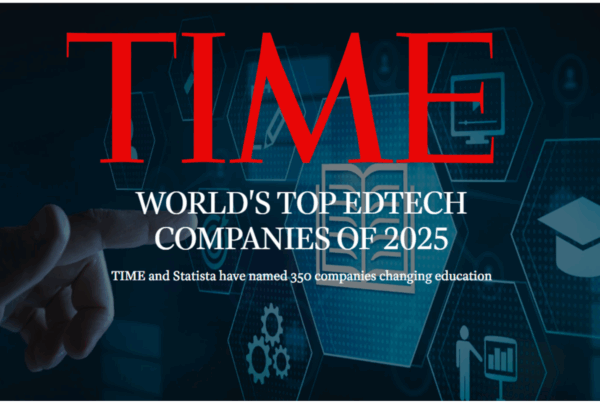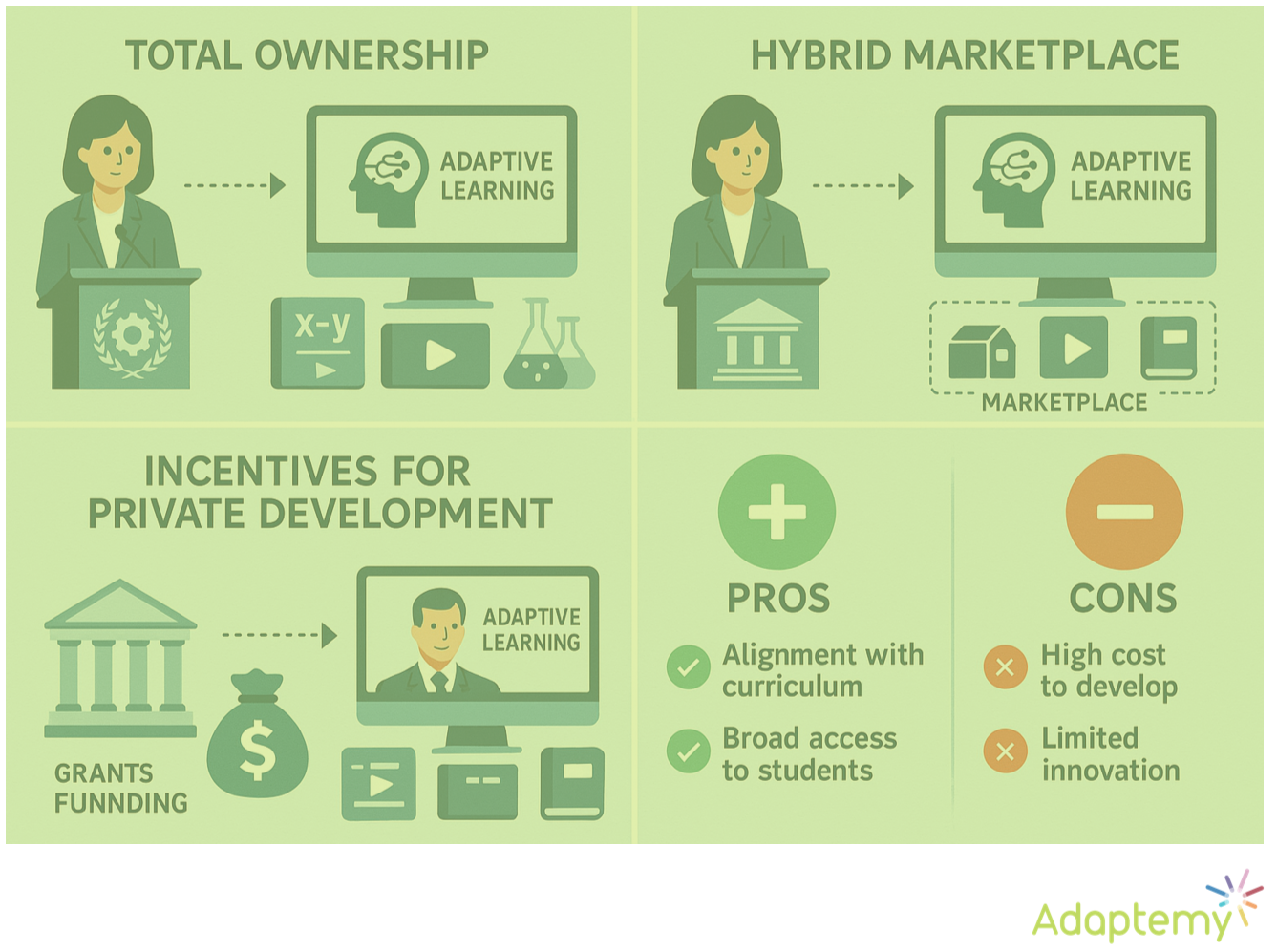
Last month, Adaptemy’s founders headed to Hong Kong to attend EdTech Asia 2018. With a seat on the panel, Conor Flynn and Conor O’Sullivan experienced an insight as both attendees and speakers. Here’s what they observed.
Interest in A.I.
As ever, the audience was high-quality and inquisitive. Attendees came from across the world with many startups among the number. We noted this audience had an appetite for future-thinking and innovation, meeting many tech-ambitious businesses who had a huge interest in adaptive learning and innovations in A.I.
A.I. Continues to be Misunderstood
Confusion persists about what A.I. is and in particular, what types of A.I. are suitable for education. With chatbot apps and gamification tools claiming the label as artificial intelligence trends, it is fast becoming an empty term. Educational technologists must be clear about its meaning in the context of the classroom.
Here, it relates to the modelling of learning: using the full power of A.I. to understand exactly how a student is learning and how various learning strategies (including content) affect that process. These models then inform feedback in the shape of dashboards, reports, real-time recommendations, UX patterns and more. You can learn how we apply A.I. to one part of our adaptive engine here.
Explainable A.I. is Essential
Blackbox solutions do little to incite teacher confidence. Opinion prevailed that to empower a user the output of an algorithm needs to be explained to the user before they follow it. Blind obedience should not be cultivated, particularly in education.
Accuracy and Reliability Key Concerns
Any unreliability destroys the confidence of the teacher. Some fields of A.I. in education are now mature and provide high levels of accuracy. Even incorporating these into existing digital products makes a huge impact on learner outcomes. These technologies include adaptive exercising, also known as the personalised digital workbook.
Big Data and A.I. Tools Enable the Use of Unstructured Data
Smartphone use has furnished technologists with copious amounts of unstructured data on learner behaviour. Ten years ago, the first adaptive learning tools were carefully built on structure data but today, improvements in big data and A.I. tools enable us to also harness unstructured data giving us insights into learner motivation, engagement and more.
Is Adaptive Learning Dumbing-Down Education?
Technologists need to clearly separate the A.I. from the U.X. With A.I., we model student learning, and so provide a set of learner profiles and tools to the product designer. The product designer then creates the U.X of the product, which can take many forms.
The maturing of A.I. in education provides product designers with a new and growing toolkit of A.I. models to help understand learners and the learning process. How we build products (and UX) with these new tools is an exciting industry in its infancy but with huge potential.
We are now seeing a broader set of products making use of A.I. techniques in education, from A.I.-assisted online tutoring to personalised digital workbooks to powerful diagnostic assessments and exam-prep planners.
In Asia, we witnessed companies recognising the power of these new products in education, and an ambitious appetite to improve the education experience.




